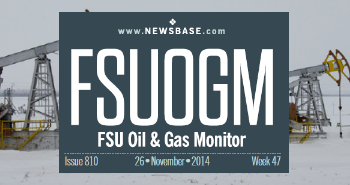EU gas imports from Russia in charts

The Bruegel think-tank has published a set of interactive charts that show very clearly how Russian gas imports to Europe this year are well below the historical average.
Europe’s tanks are 69% full as of August 1 and the level of imports are roughly in the middle of the average imports between 2015-2020. Indeed, they are slightly ahead of the level of imports last year.
However, the imports from Russia are far below the lowest levels in seven years as of week 30 of this year, at below 1,000 cubic metres per day, whereas in the last seven years the lowest level of imports at this time of year was 2,000 cubic metres.
While imports from Norway have compensated and are currently running at their highest level in seven years at about 2,800 cubic metres per day, it is record-high LNG imports that have made the difference. LNG imports are currently running at around 3,000 cubic metres a day and were as high as 4,000 cubic metres soon after the war started in Ukraine in February. Typically LNG imports run at half or a third of this rate.
The changes in flows have been the most significant with gas sent through Nord Stream 1 pipeline, with a capacity of 55bn cubic metres per year, after Gazprom reduced the flows to 20% in July, which is insufficient to refill Europe’s storage tanks to 80% before the October 1 deadline.
While Nord Stream 1 has caught all the headlines, the smaller Yamal-Europe pipeline that has a capacity of 20 bcm a year has also been more or less shut down thanks to mutual sanctions between Russia and Poland. However, the pipeline also serves to send gas from Germany to Poland in reverse flow mode.
The Ukrainian pipelines continue to operate, but at well below the average rates over the last seven years, and are currently sending a little more than 200mn cubic metres per day, about a third of their capacity under the transit deal renewed in 2019.
The TurkStream pipeline is operating at above the seven-year average levels, but the pipeline has a total capacity of 32 bcm, of which 15 bcm is dedicated to supplying Turkey, with the rest going to Serbia, Bulgaria and Hungary.
Thanks to the high LNG supplies Europe is still on track to reaching 80% full by the October deadline, but only just, and analysts say if Russia cuts off its gas completely it will fail to achieve the mark.


Follow us online